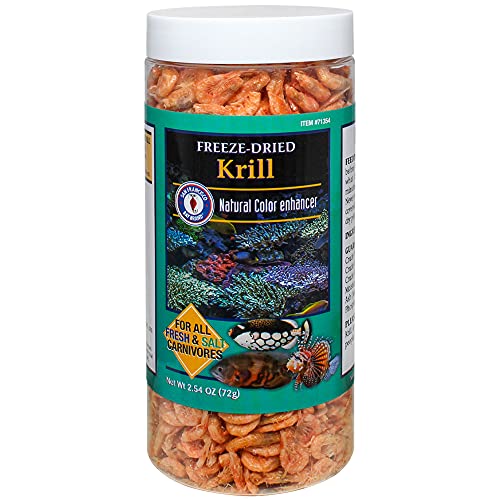Out Smarted Myself or The Amphipods Showed Me How
Hi Everyone
:idea: After putting a bucket of aquarium water with a scrub pad in it on the back porch I think I have come up with a very cheap way to harvest lots of Amphipods
(Gammarus locusta). All you need is a food grade five gallon bucket (19 liters) on the back porch(to be used only for Amphipods, Don); 7 or 8 tile setters'
blue scrub pads (stand them up on end so you can pull one out then replace it with the one you pulled out the day before); a cheap bio-wheel filter (like a Penguin mini or 100) and 1 foam pre-filter from a power head, to go over the intake on the bio-wheel filter; some window screen to go over the top of the bucket and 3 clothespins to hold the window screen in place; and Culerpa.
Start by filling the bucket with water from the aquarium about 2/3rd's full. Stand the scrub pads on their end around sides of the bucket, save back one dry scrub pad, leave room for the filter intake. Install the foam pre-filter over the filter intake guard and install the filter assembly on the bucket. Lay the dry scrub pad down flat and put some fish food on it. Tap the pad till the food becomes embedded in the middle of the pad. Place it in an aquarium that has Amphipods and let it set on the bottom over night. Follow the procedure each night till you have a good population of Amphipods in the bucket. You will need to feed the Amphipods in the bucket small amounts of a variety of very high quality dry fish foods (which are going to wind up inside the Mandarin and other fish too), Spirulina flakes, Green Hair algae
(Enteromorpha), Sea lettuce
(Ulva), and raw chopped Dulse in order to maintain a population level. Then use the same procedure to seed Amphipods where they are needed for food. You can over feed to get more Amphipods and then just overflow the bucket with aquarium water from water changes.
This is what I was looking for to support aquarium #4. If someone just has a nanno reef aquarium,
even with no sand bed and only a few live rocks, with this system he/she can literally rain down food on his/her Mandarin. A person can keep a nanno reef aquarium with a Mandarin in it at work and just bring a bag lunch for their Mandarin. If you must you can put the bio-wheel down in the water put the lid on the bucket and secure the entire outfit in your car trunk and go where ever you need to in order to get an Amphipod culture. If it is a long drive make two 3/16th inch taps in the lid for air hose (one for an air stone one for a catch-cup).
Note* When you first pull the pad out of the water some of the Amphipods will jump off.

You may be taken back a little by how many Amphipods are on one scrub pad. A single scrub pad takes the place of a lot of live rock. Just hold it over the water till those that are going to jump do so. The rest of them will hold on for dear life and you can have the pad out of the water for as much as about five minutes. When you put the pad back in water all the Amphipods will get out of that pad fast. You won't need to let the pad set over night. Just put some food on it and return it back to the bucket.
www.tiletool.net/grout_scurbby_pads.asp
www.seaveg.com
The Dulse is good for us to eat too.





























































